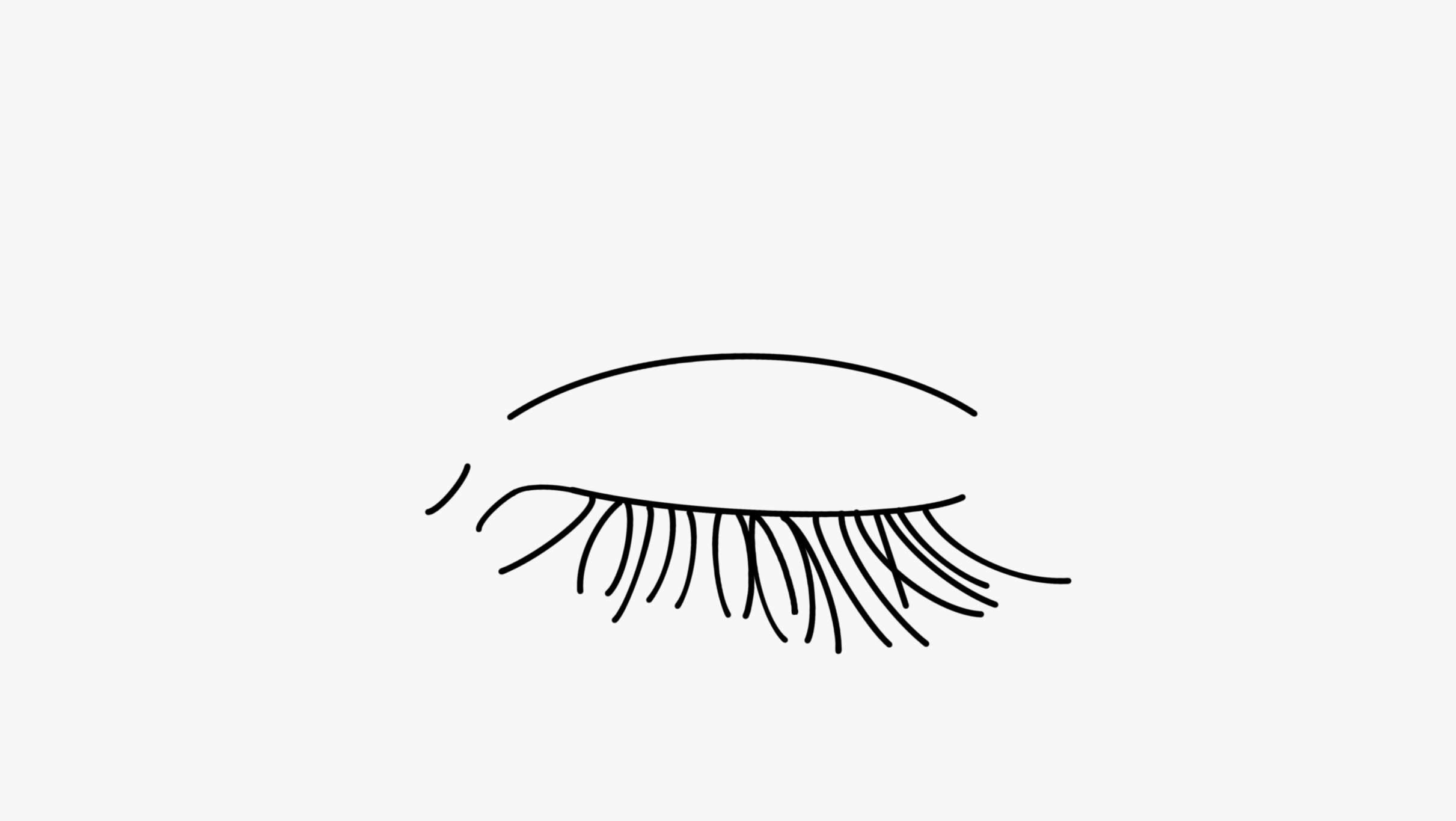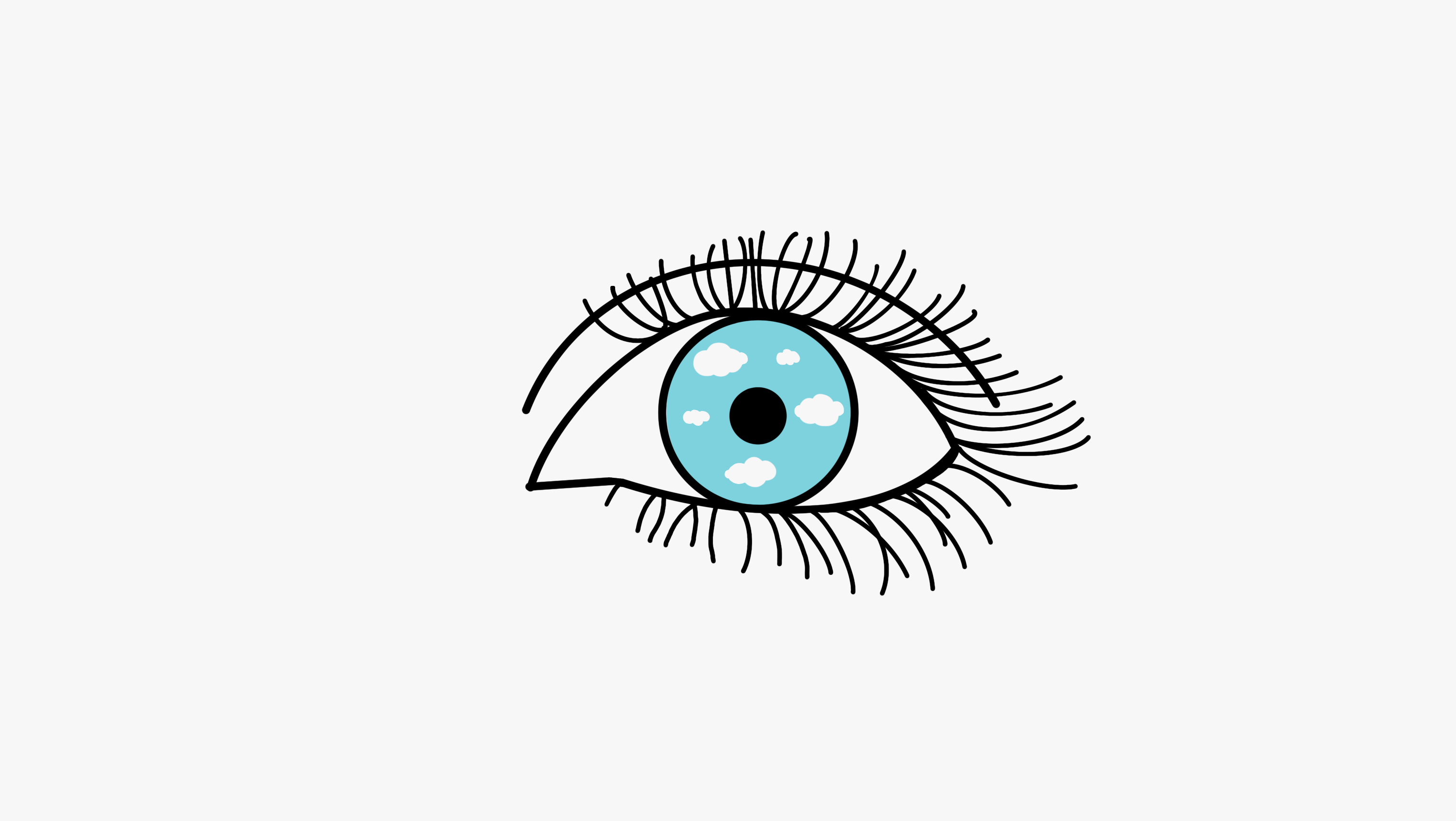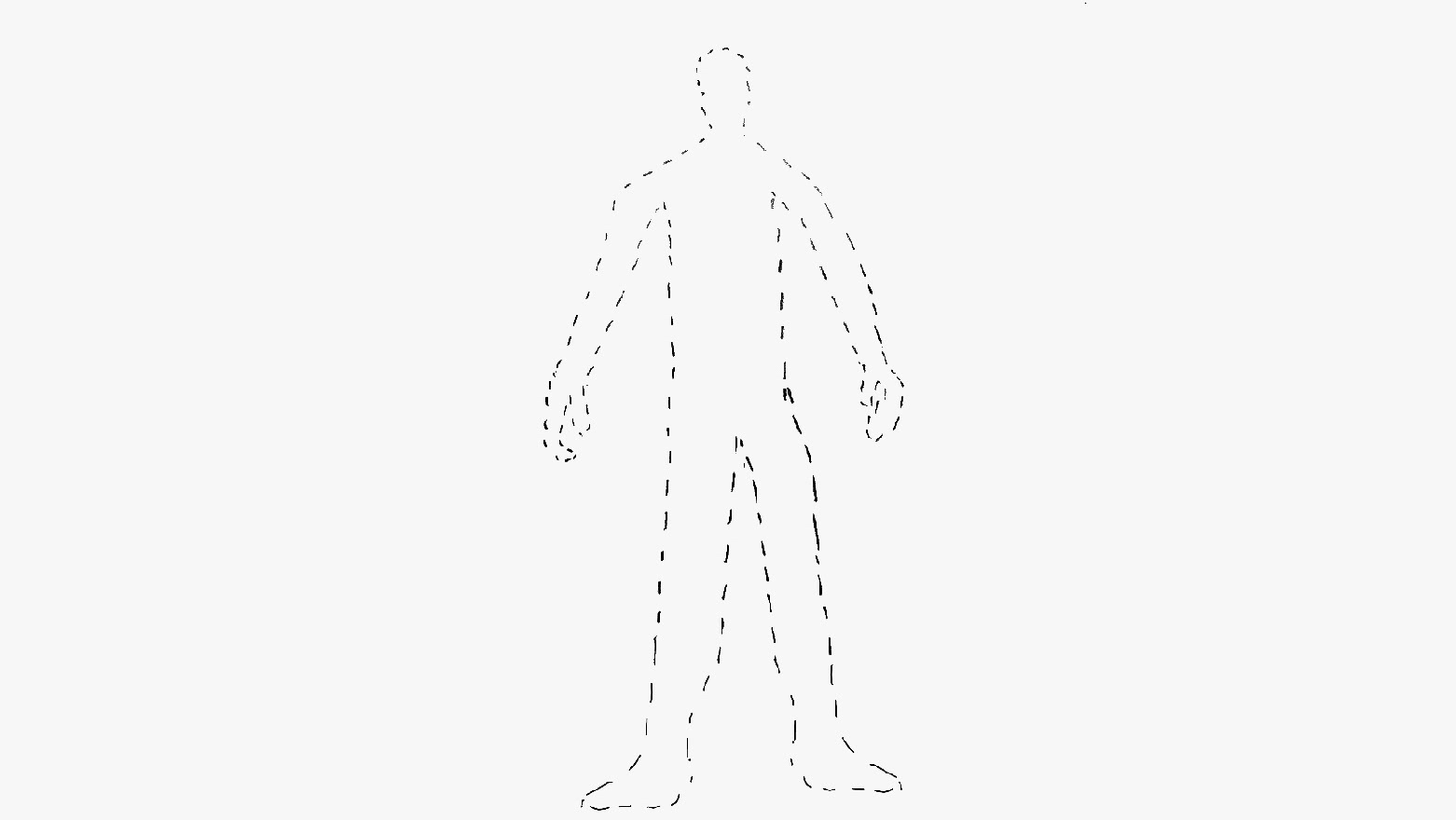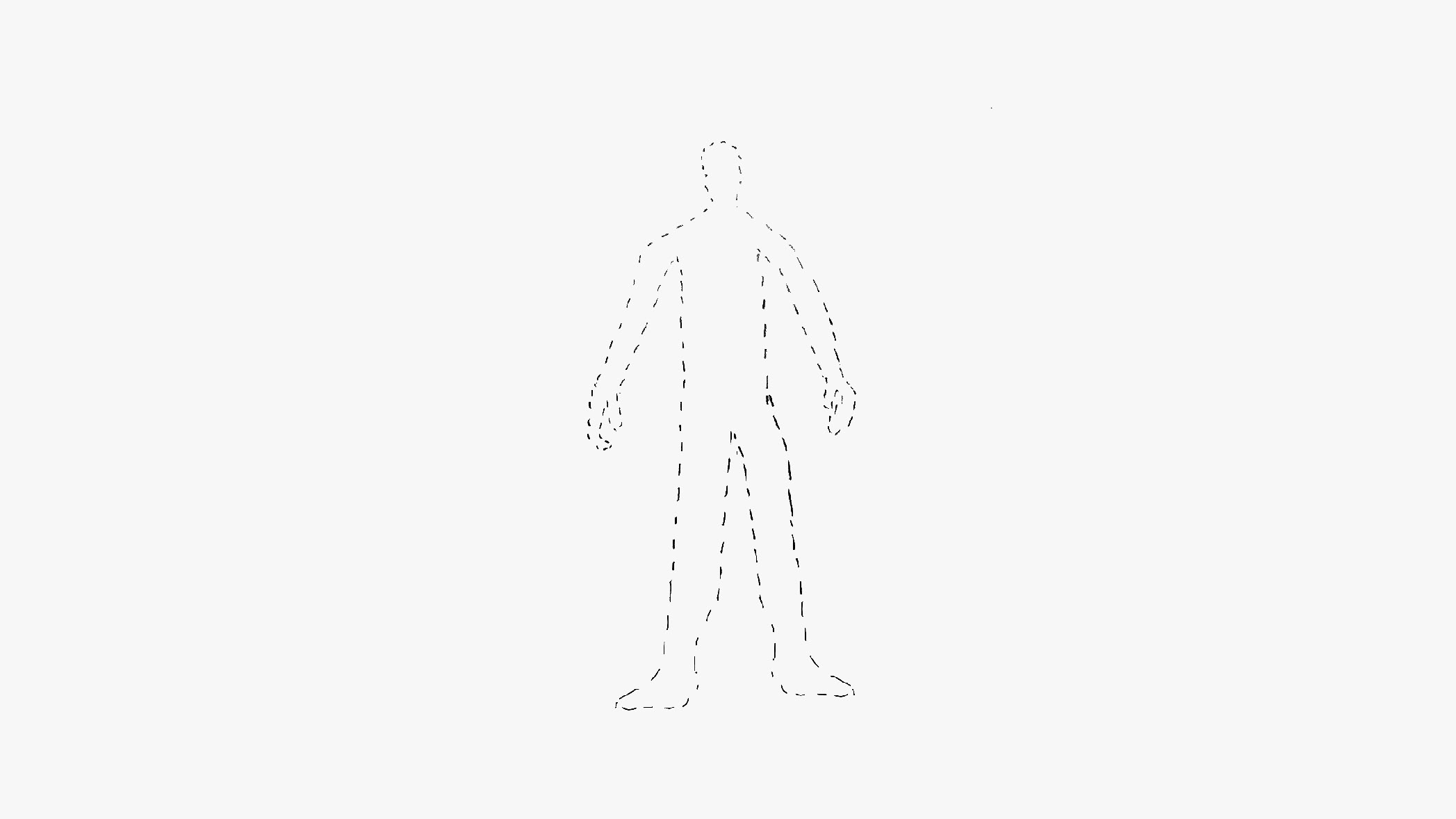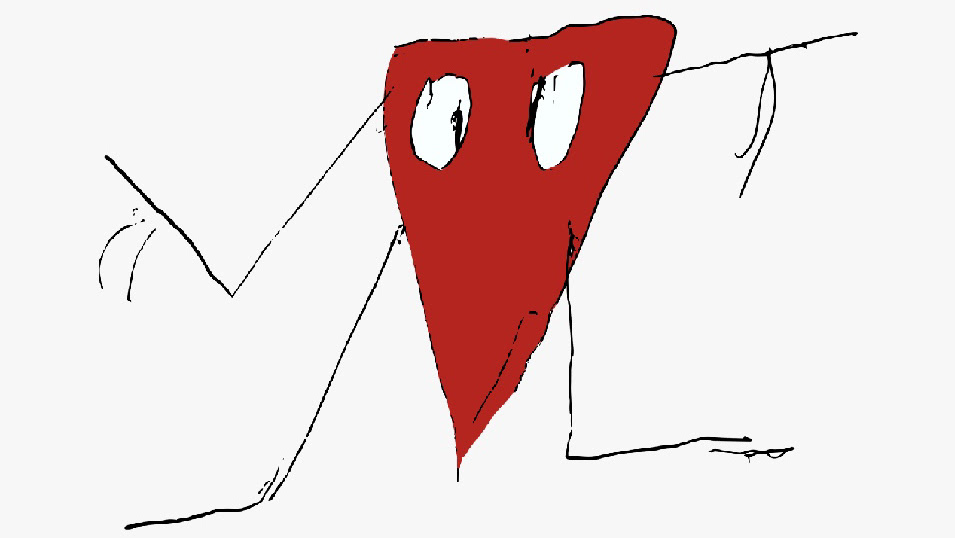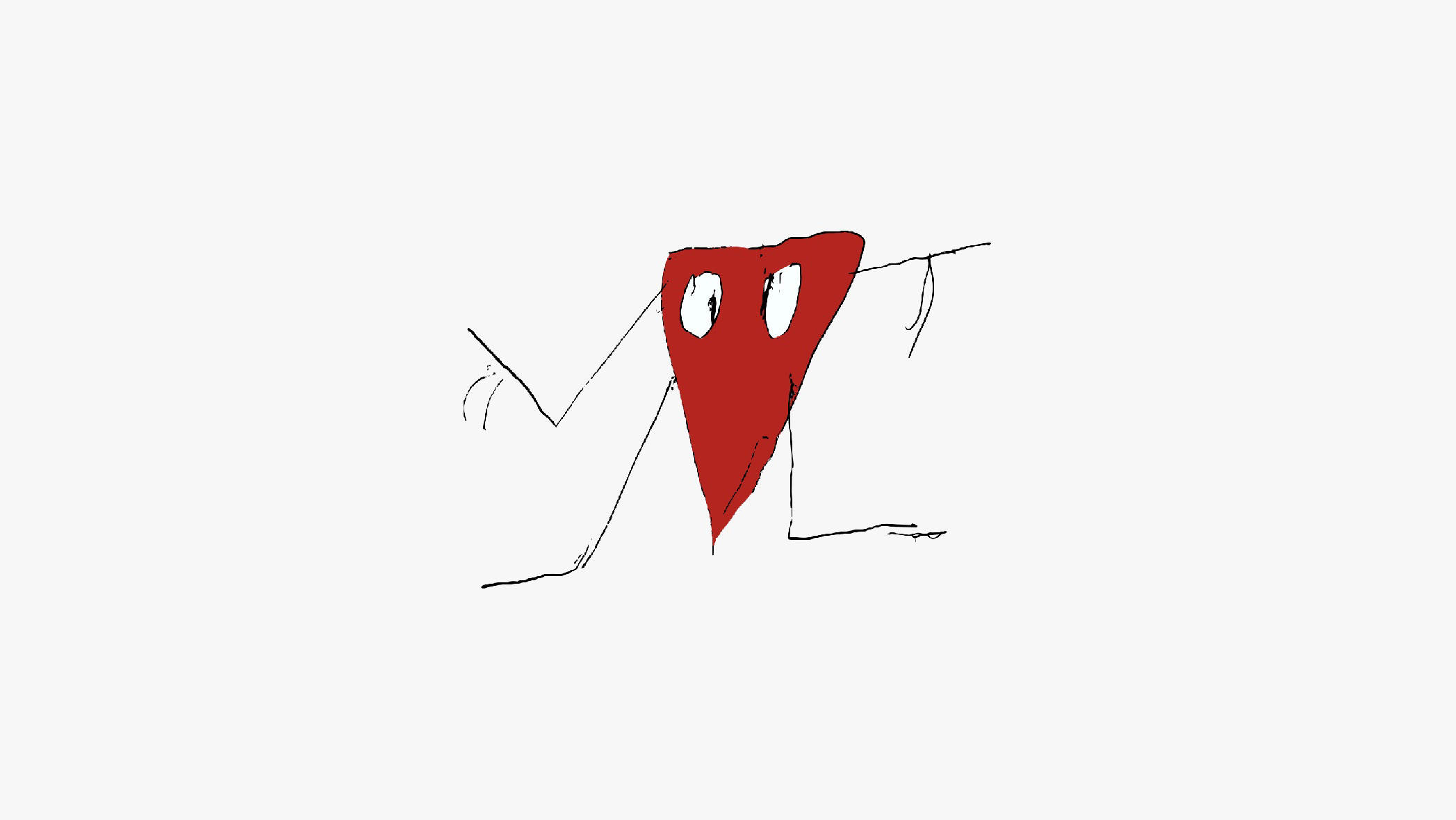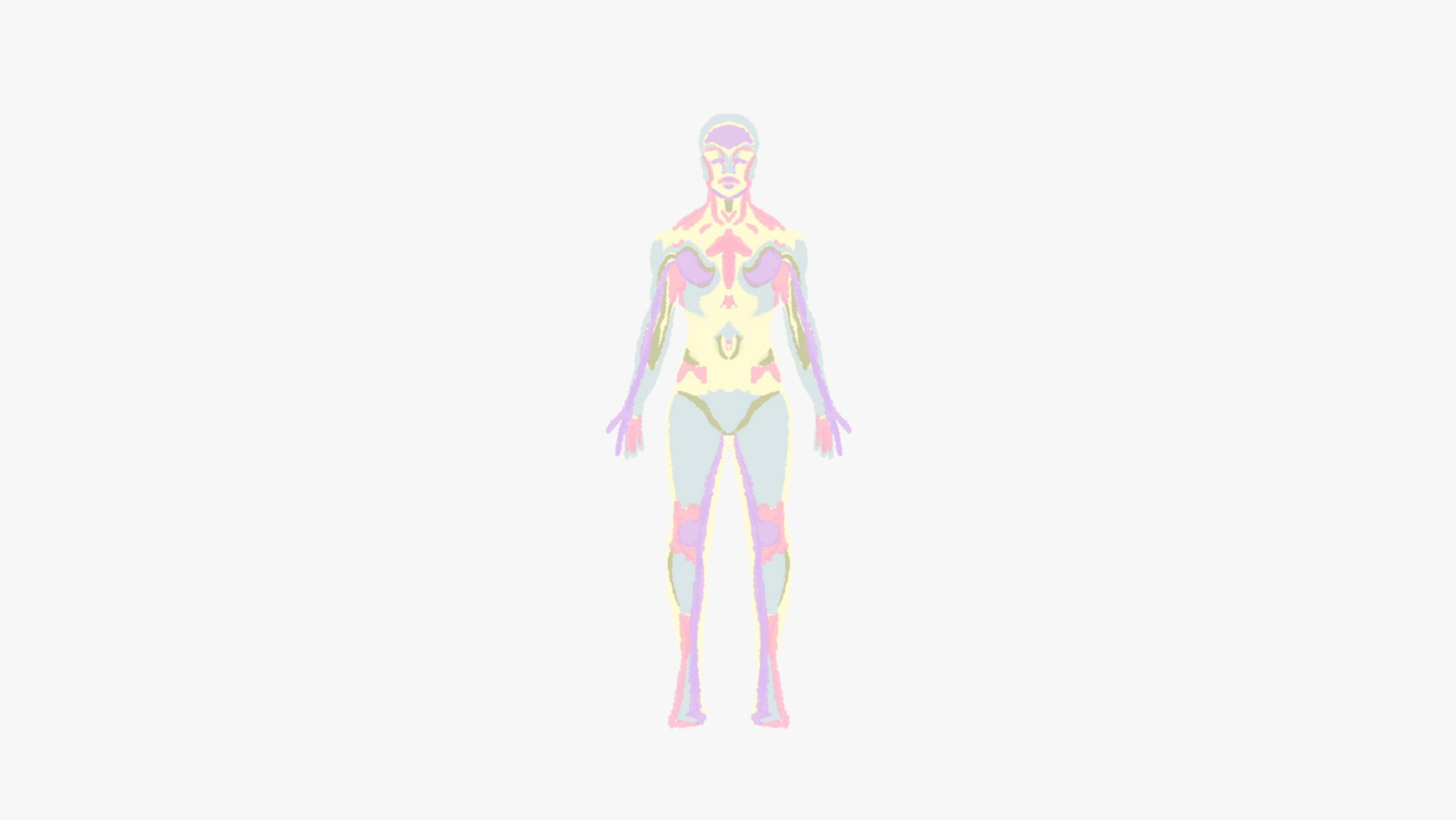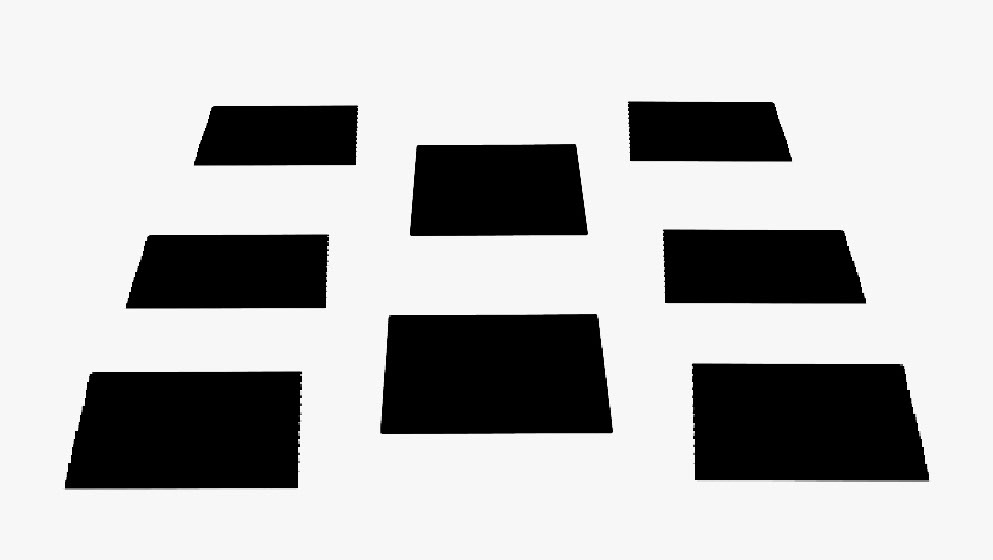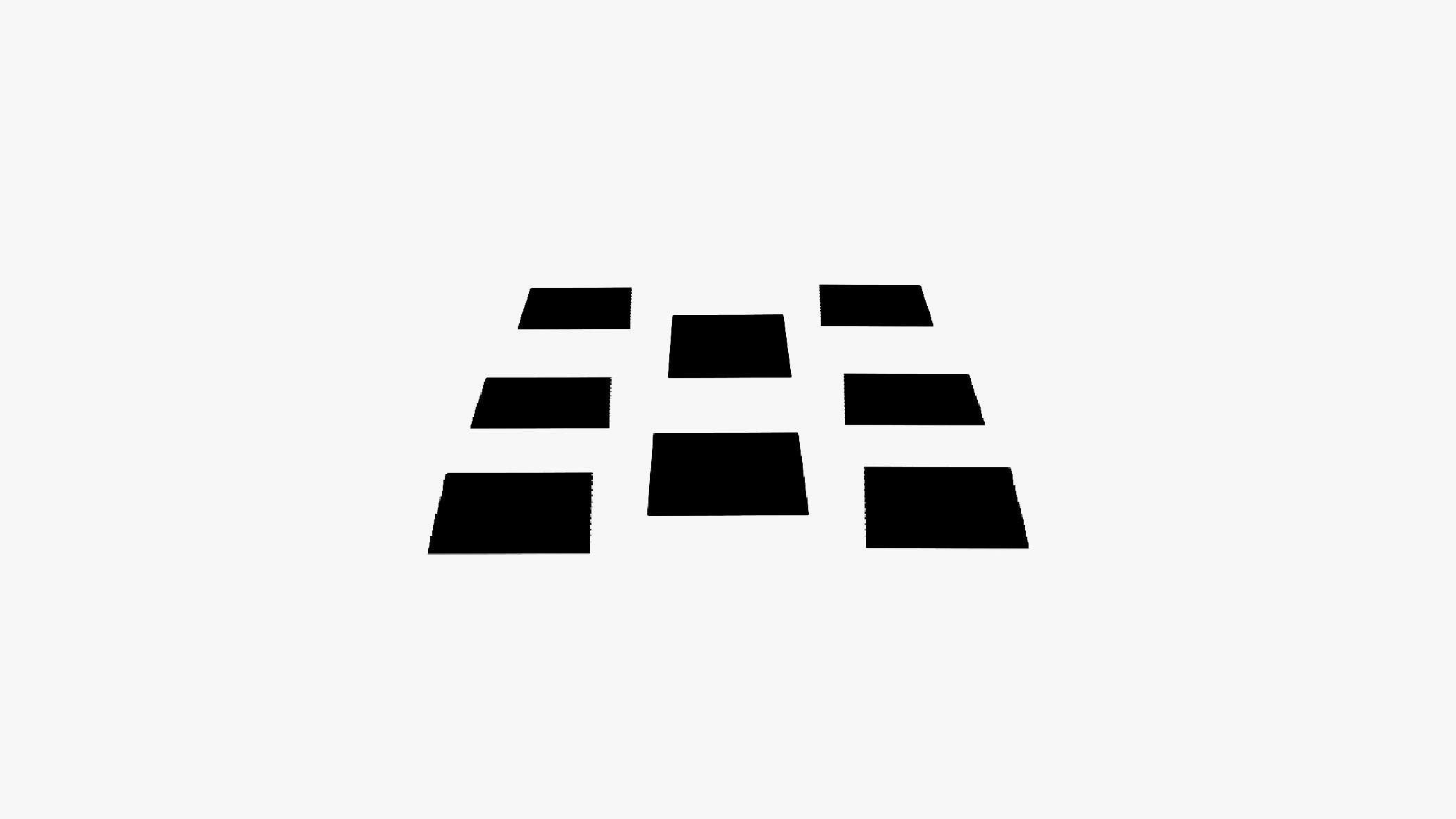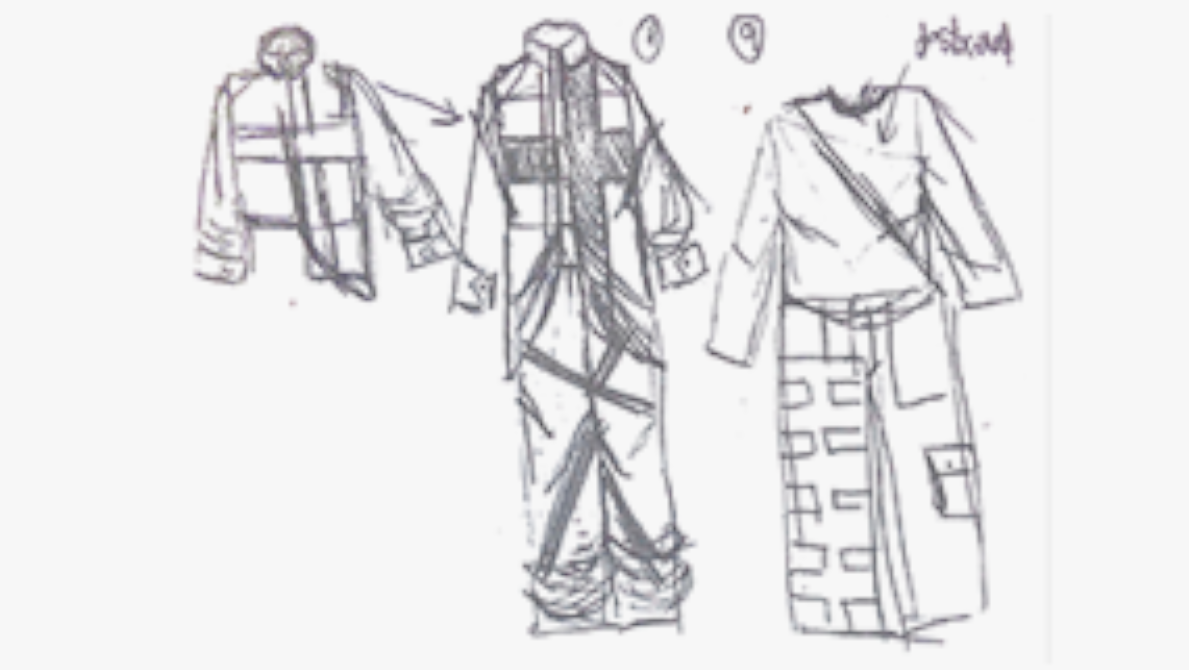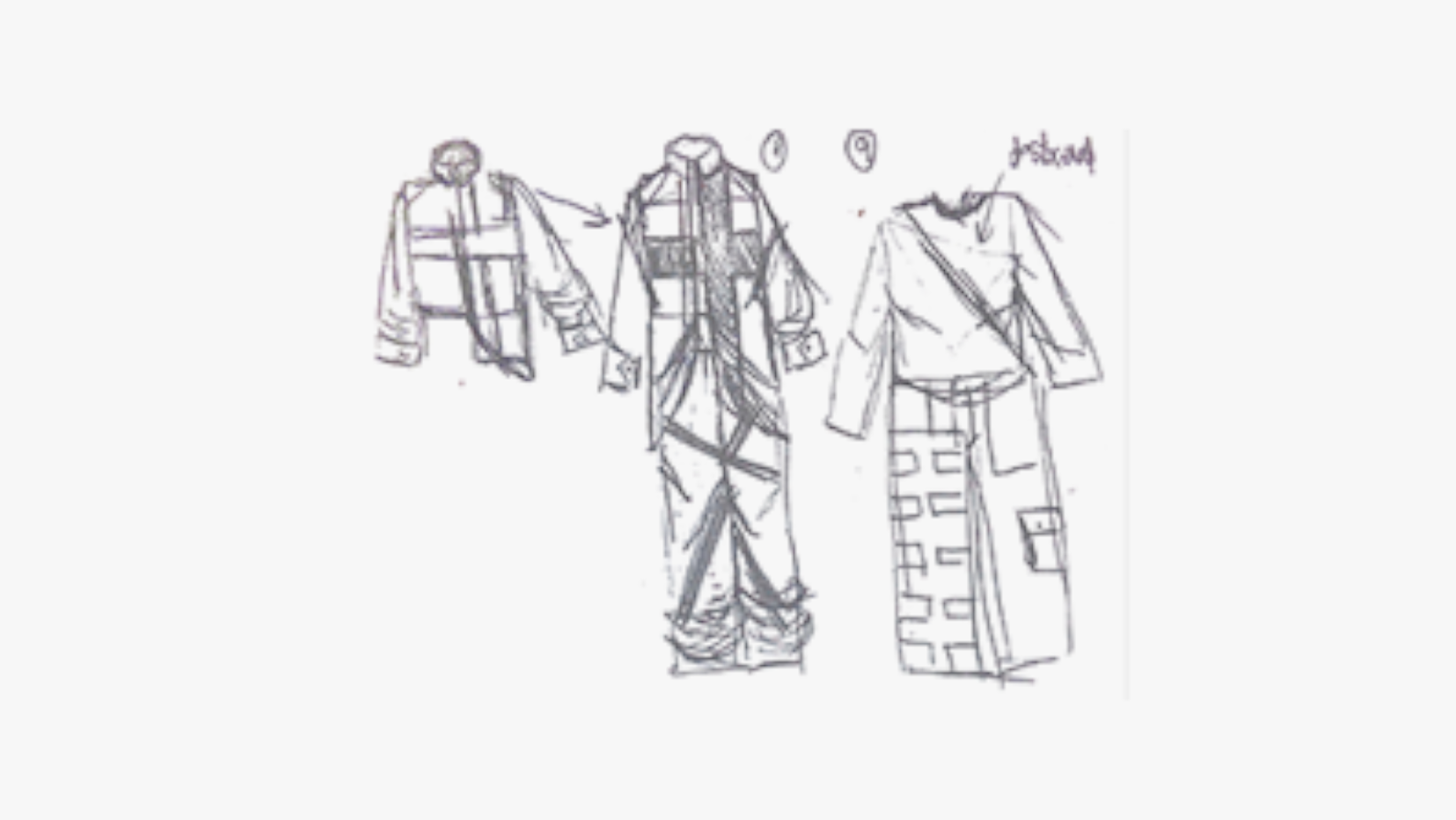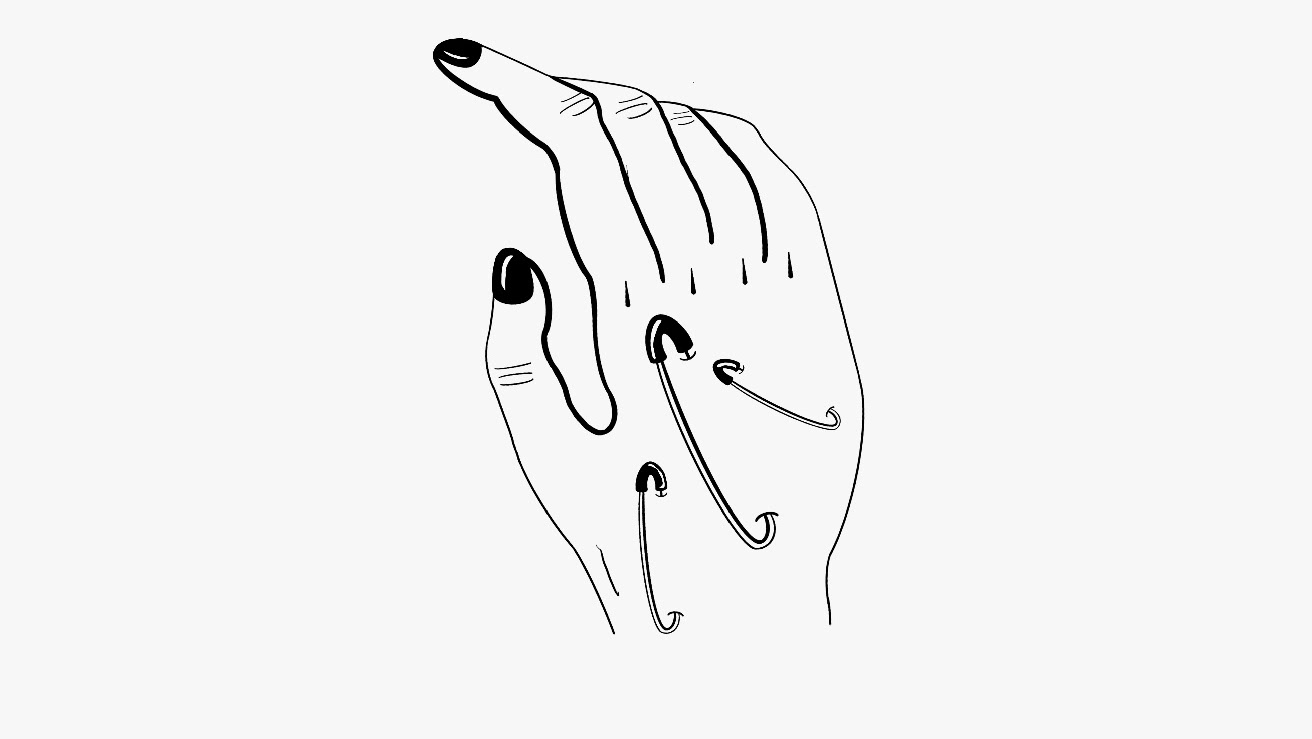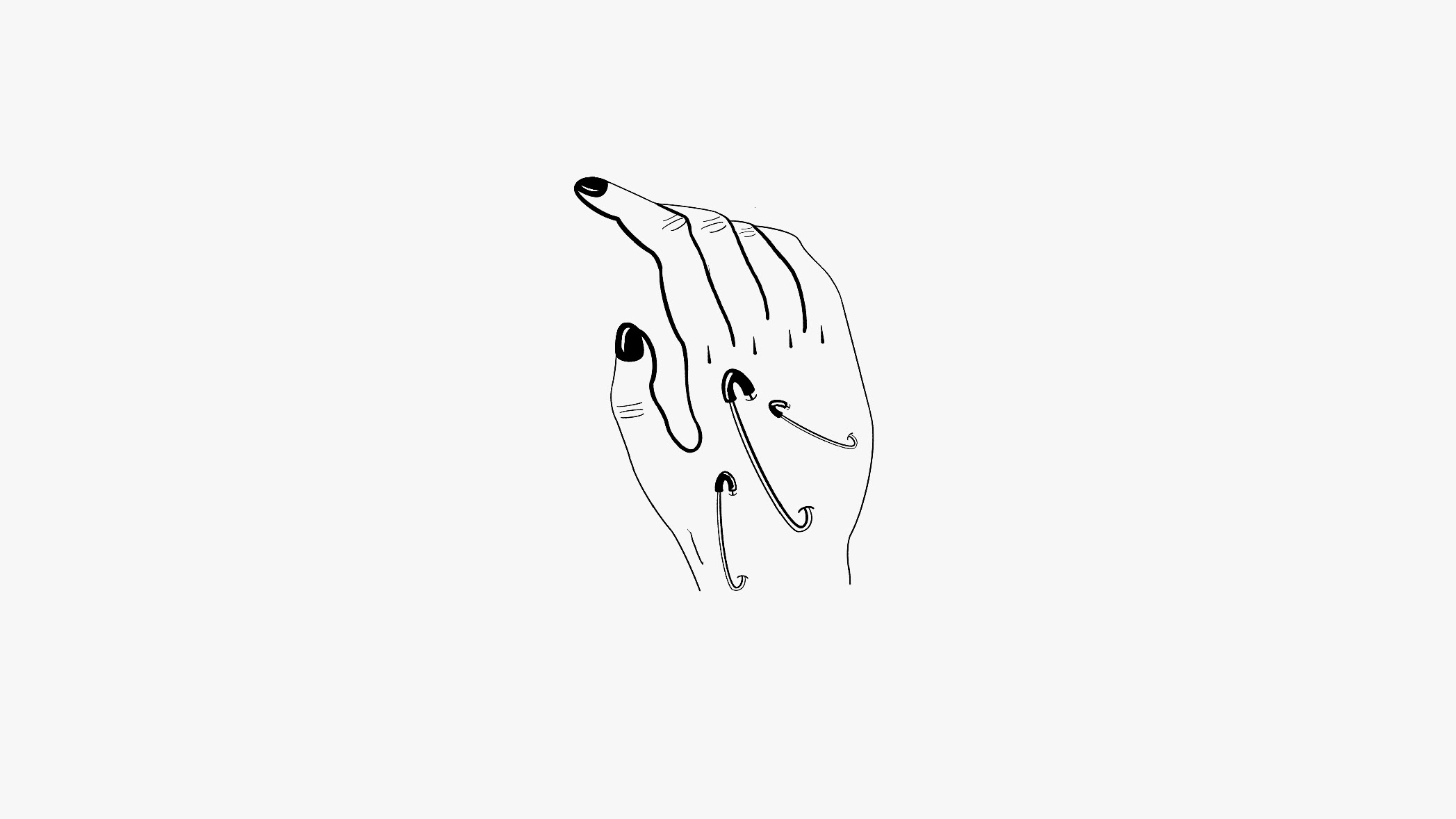In the fourth semester was created a fashion collection that combined elements of a city with fashion. On that note, twenty looks were conceptualized and three garments were tailored.
Croqui made for the collection
Croqui made for the collection
Mood board of the collection
This project was created in groups, so various dynamics were executed to find a theme. What the group concluded was that all of the members were not just from different cities, but even from different countries, that is why the project used the concept of frontiers and boundaries as the main focus. That is why the collection was named Fronteiras which means Frontiers in Portuguese.
Illustration made for the collection
After choosing the theme of the project it was decided to focus on a specific historical frontier that was completely relevant by that time; the Berlin Wall. What was intended to highlight using this topic was how the discrepancy between two ideologies can cause a prominent physical and abstract frontier. As for the investigation of this topic, the main theme explored was the Cold War, its beginnings, and the aftermath.
The target audience of this project was also explored, which lead to describe it as a group of people that are characterized by being cultured extravagant, and fluid. The consumer of this collection appreciates clothes with a non-standard design, with a bold nature but at the same time ready-to-wear style. This collection explores historical events in an artistic aesthetic combined with a humorous and satirical point of view.
Croqui made for the collection
Target board
Croqui made for the collection
Two-dimensional and three-dimensional exercises were executed to transmit the spirit of the collection. Textile practices like patchwork and embroidery were implemented to the making of the project Cotton was chemically dyed to attain the color palette. Mixed techniques, such as collages, serigraphy, and stencil were explored to achieve a coherent visual language.
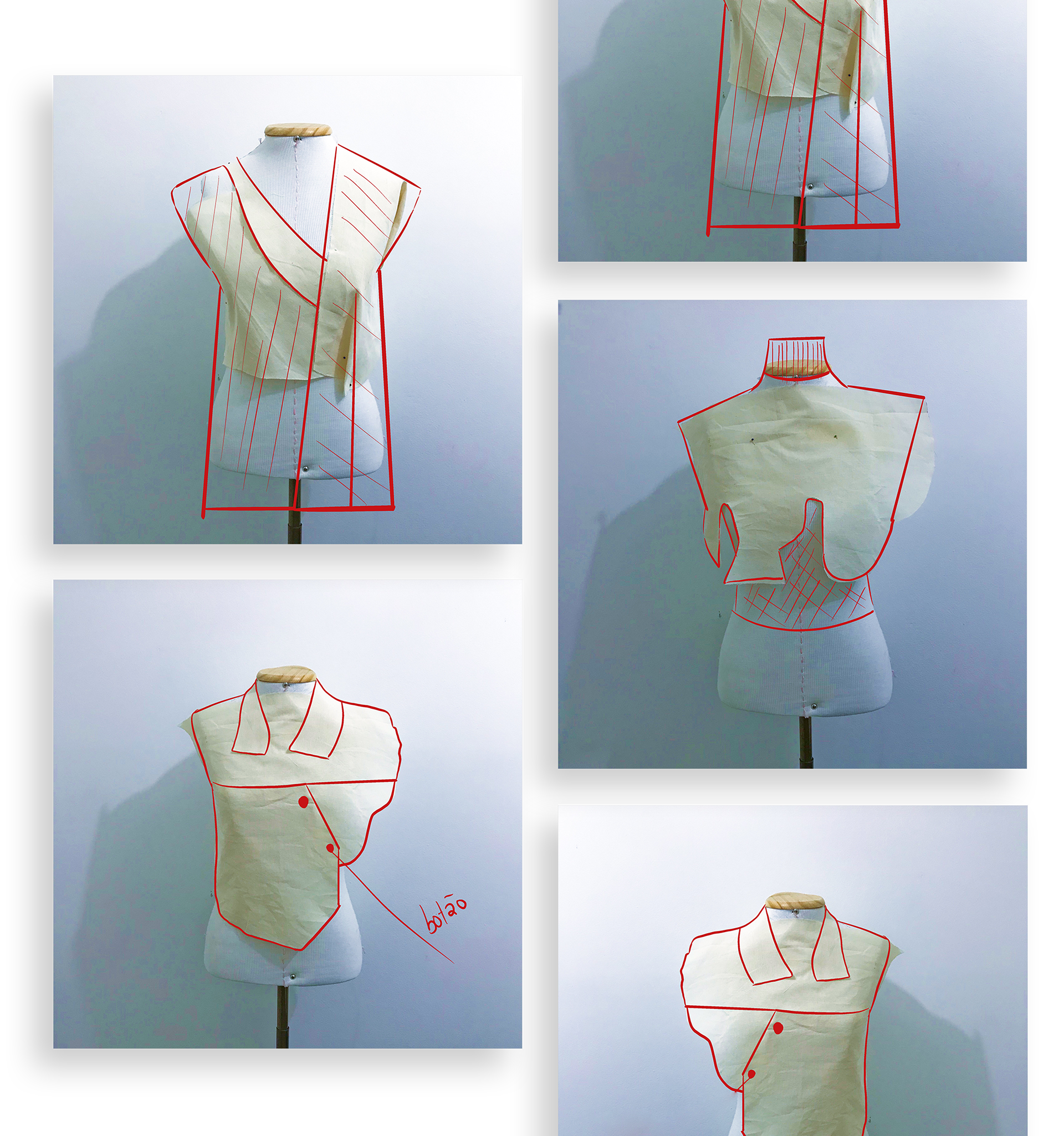
Moulage exercises
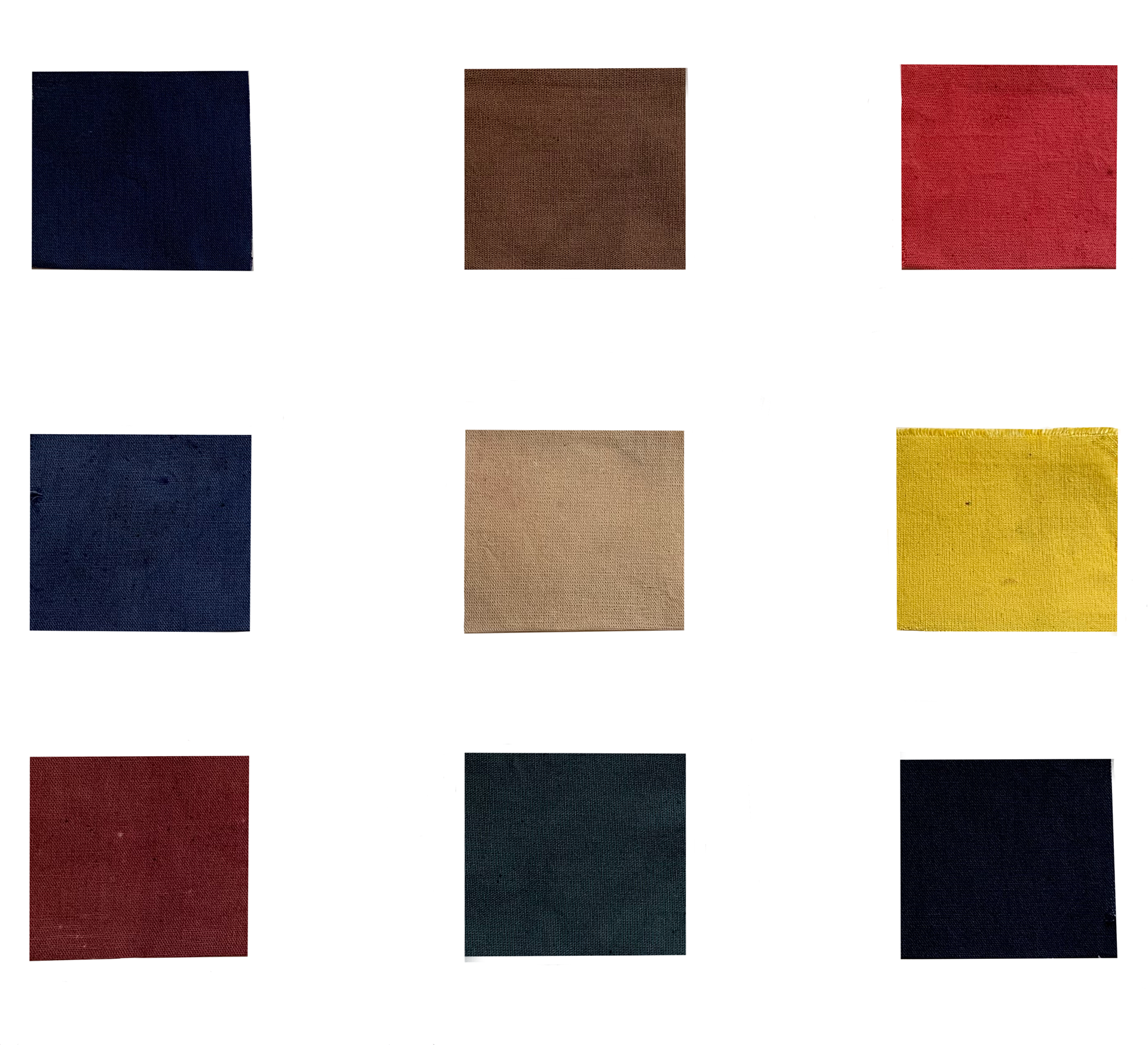
Color palette dyed on cotton

Print made for the collection
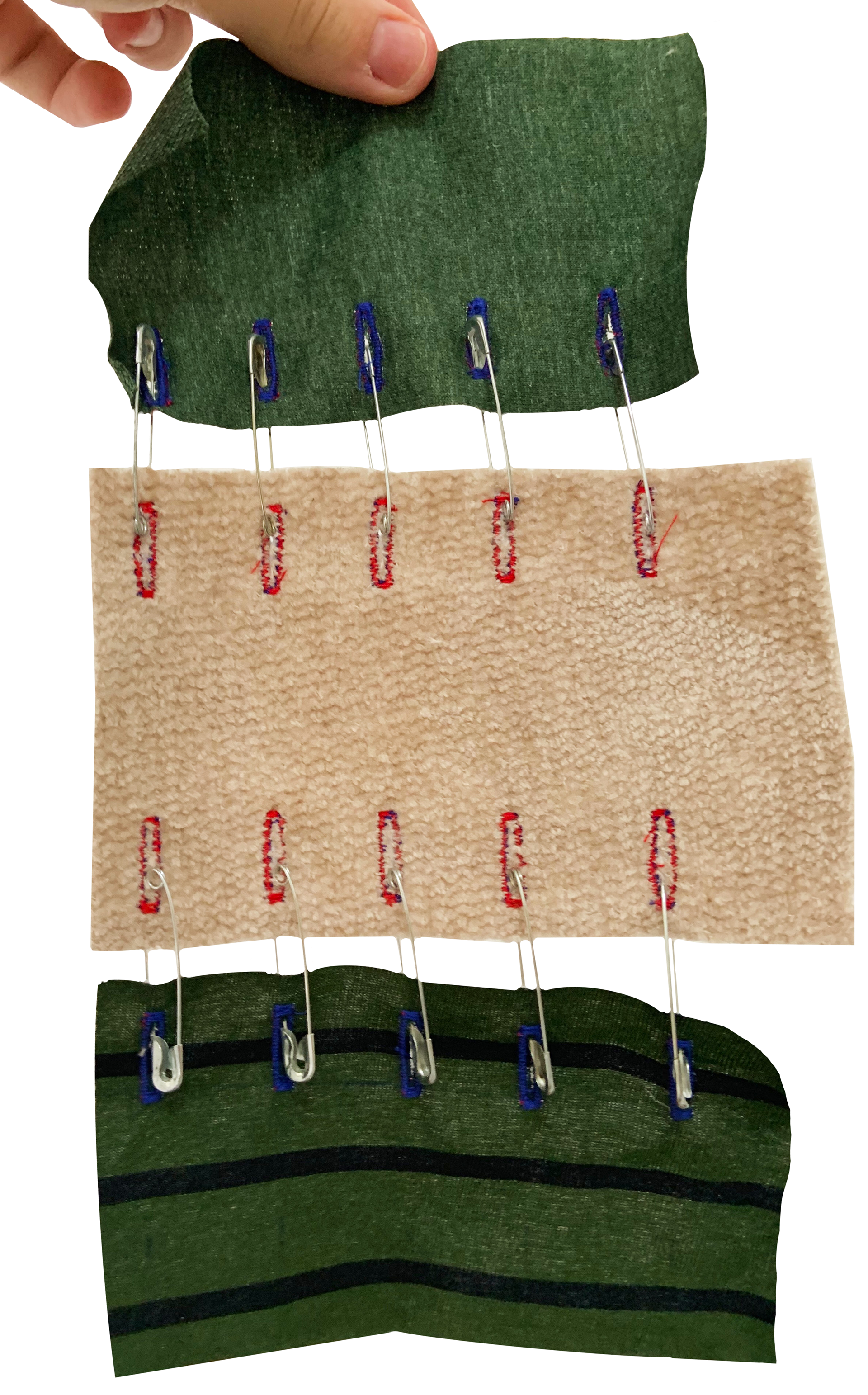
Textile model
The collection following the order
This project presents the fight between two ideologies and shows that it was created a specific order for the presentation of the looks. The collection starts with garments associated with communist symbology that slowly fades into neutral looks with military components to finally transform into attires that contain capitalistic references.
To make this collection a project that includes Universal Design it was decided to focus on an impairment which in this case is visual limitations. To adapt this collection following the principles of Universal Design it was created a tag that includes a Qr code that leads to an app full of general information about the garment such as color, composition, and even possible combinations of the piece. This helps the user to have a better understanding and perception of the pieces in the collection.
Universal Design Project with the Qr tags and the app
Three garments of the overall collection were chosen to tailor prototypes which provided closure to this project.
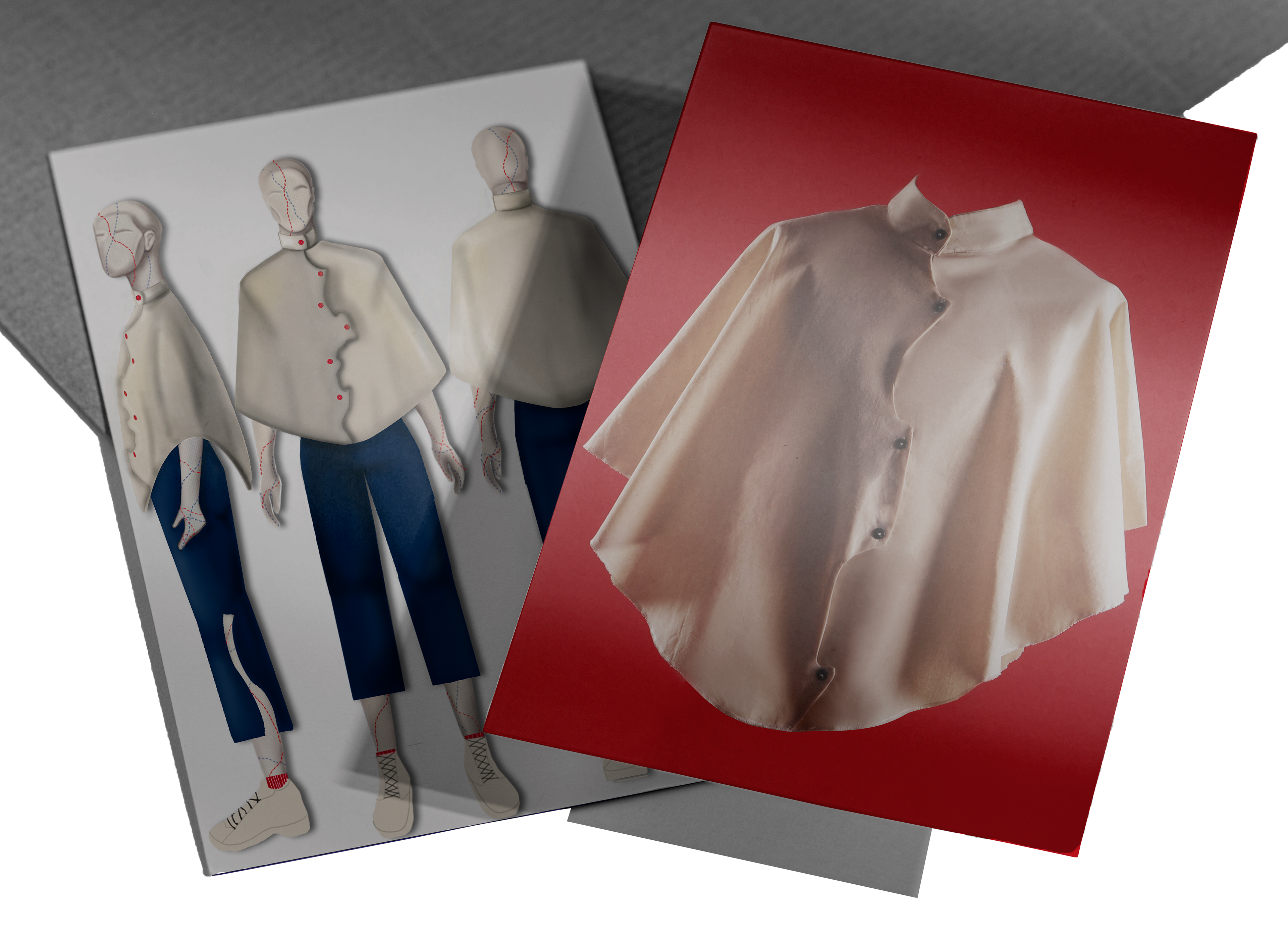
Prototype of the poncho
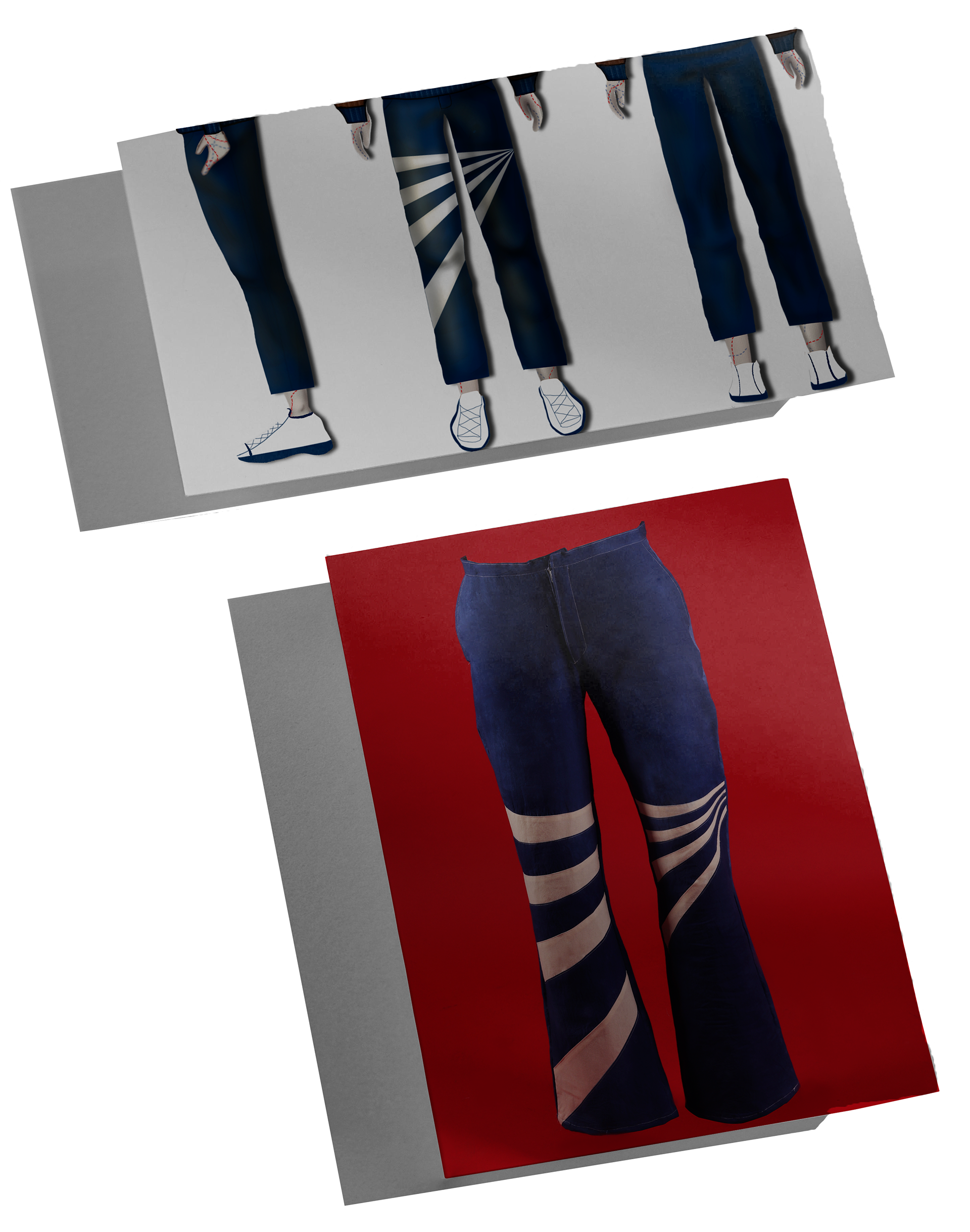
Prototype of the pants
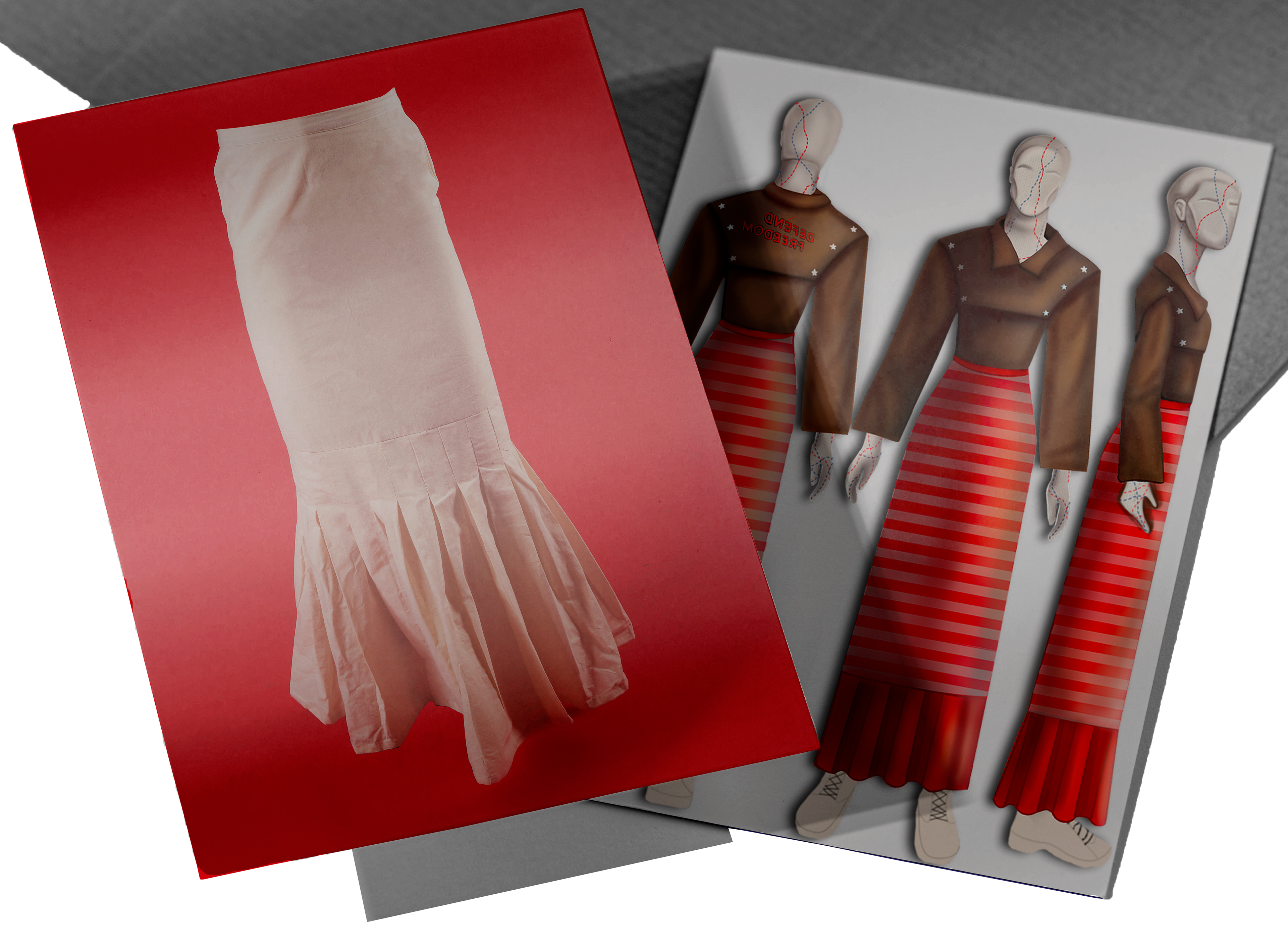
Prototype of the skirt
Academic projec made in colaboration Guilherme Fraga and Lais Gama
